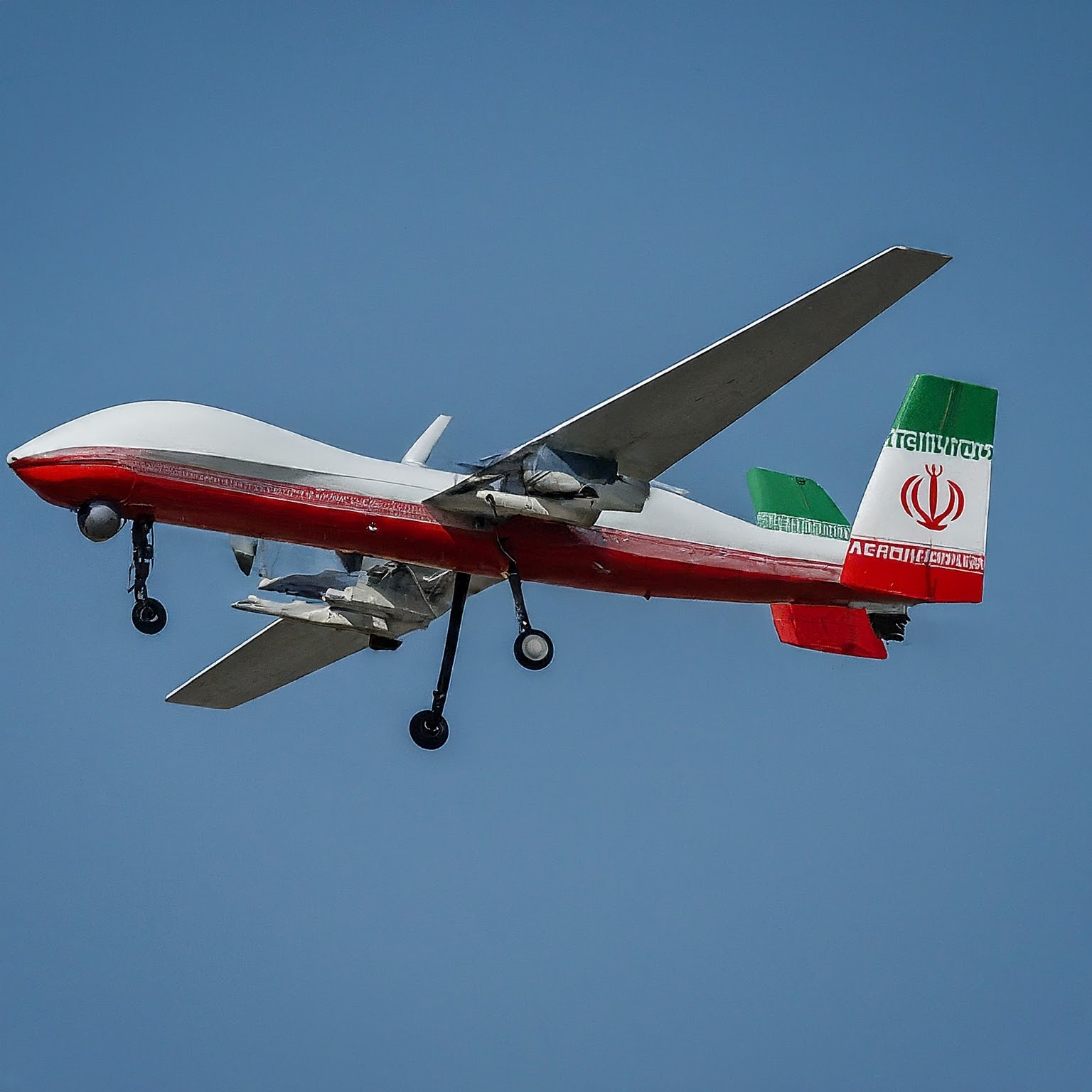Here is an outline of our Iranian Drone Strikes Narrative Intelligence brief.

This Iranian Drone Strikes narrative is driven by 99 sources in the U.S. Media module, amplifying 250 narrative items.
Today, our Narrative AI highlights escalating military tensions in the Middle East. These narratives connect themes of retaliation, intelligence gathering, and the evolving role of drone warfare, highlighting the complex interplay between regional actors and the implications for global security.
The recent escalation in hostilities between Iran, Israel, and Hezbollah highlights a complex interplay of demographics, military capabilities, and geopolitical tensions in the region. Iran, with a population exceeding 85 million, is predominantly Persian but also includes significant ethnic minorities such as Azeris and Kurds. This diversity can lead to internal challenges, particularly in maintaining national unity amid external pressures.
Economically, Iran faces sanctions that have crippled its economy, yet it continues to invest in military technology, including drones like the B1 Bavar, to enhance its asymmetric warfare capabilities. Israel, with a population of about 9 million, maintains a technologically advanced military and a robust air defense system, which has been showcased in recent conflicts. The Israeli economy is strong, bolstered by high-tech industries, but it remains vulnerable to regional instability.
Geographically, the proximity of Iran and Israel, along with Hezbollah's presence in Lebanon, creates a volatile security environment. The Golan Heights, a strategically significant area, remains a flashpoint for conflict. The military dynamics are further complicated by the involvement of external powers, notably the U.S. and Russia, which have vested interests in the region.
Politically, the assassination of key figures, such as Hezbollah's Fuad Shukr, exacerbates tensions and can lead to retaliatory actions, as seen in the recent missile and drone attacks. The U.S. has pledged support for Israel, complicating its relations with Iran and Hezbollah, which view American presence as a threat. The potential for miscalculation in this high-stakes environment poses significant risks for broader regional conflict, impacting national security for all involved parties.
Our Kudzu Narrative Intelligence brief auto-updates every few hours with fresh analysis:
Note: Kudzu Narrative Intelligence briefs update every few hours. Very likely, the Narrative Analysis above will have changed as well.
Image Credit for Article Header: Gemini AI